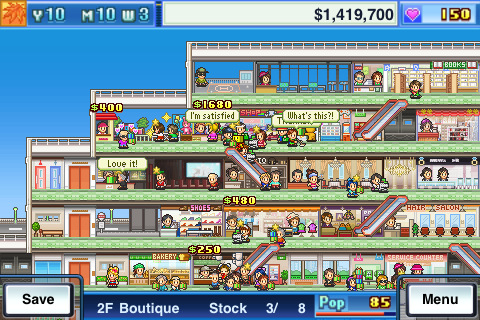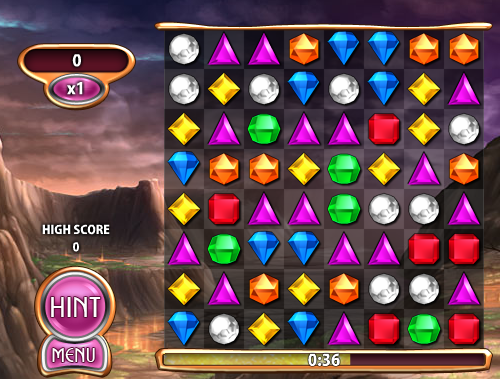During a fairly lonely drive to a friend’s gathering up in Tahoe a few weeks back, I was listening to ATP, and the hosts of the podcast were chatting about the newly announced iPhone 6 Plus. In their keynote, Apple showed off apps that made use of the additional screen real estate for more UI elements, and specifically in landscape mode, the interface resembles what apps have done for the iPad. Unsurprisingly, with the phone now in people’s hands, the size of the phone remains a polarizing feature.
The prolonged discussion about screen size and resolution has been covered pretty thoroughly. Bloggers have long identified the macro phenomenon of the “phablet“, and of the trend of blurring the distinction between phones and tablets. Especially now that all major mobile operating systems span the two platforms, the main difference between phones and tablets now comes down to screen size and amount of carrier subsidy. This is paralleled at the tablet-laptop level as well: many laptops (and desktops) are now equipped with touch screens, and tablets are accessorized with keyboard covers1.
Whereas Android devices has accounted for a wide variety of screen sizes since the beginning, and Windows has evolved to offer one operating system across phone-tablet-desktop, Apple’s iOS for iPhones is slightly different than iOS for iPads which is significantly distinctive from OSX for Macbooks. But if we’ve reached this point of allowing for a continuum of devices, how do apps differentiate across platforms when each platform’s physical attributes are increasingly similar?
The Apple App stores – iOS and OSX – are the most interesting to study, as they’re the most mature2 and most successful of the third-party app stores. But with the App Store, the current price tiering structure between phone, tablet, and laptop is threatened by perception in the proximity of size and function. That is, while the current prices are a function of:
- the complexity of the user interface;
- the size of its app store market;
- the features enabled by additional screen sizes
The end user only gets frustrated that an iPhone 6 Plus can’t run iPad apps.
With Google offering customer software for free since the beginning and Apple taking similar strides with their reduced software pricing, Microsoft is forced to move away from expensive software packages as well. For developers, this is bad news: the expectation moving forward will be that that of providing singular applications across all devices, and I suspect that cheap iPhone and Android phone software will drive down the cost of paid software across the board. Most mobile app developers already can’t make a living; the price wars will likely consume desktop developers next.
That said, it may be telling that some schools are preferring laptops to iPads for education; it may be that tablets ultimately lack the computing power and input techniques for versatile computing needs.↩
Where maturity is defined as creating and managing a centralized location for executable binaries by third-party developers. Yes, applications and programs have existed long before “apps” became cool and popular.↩


